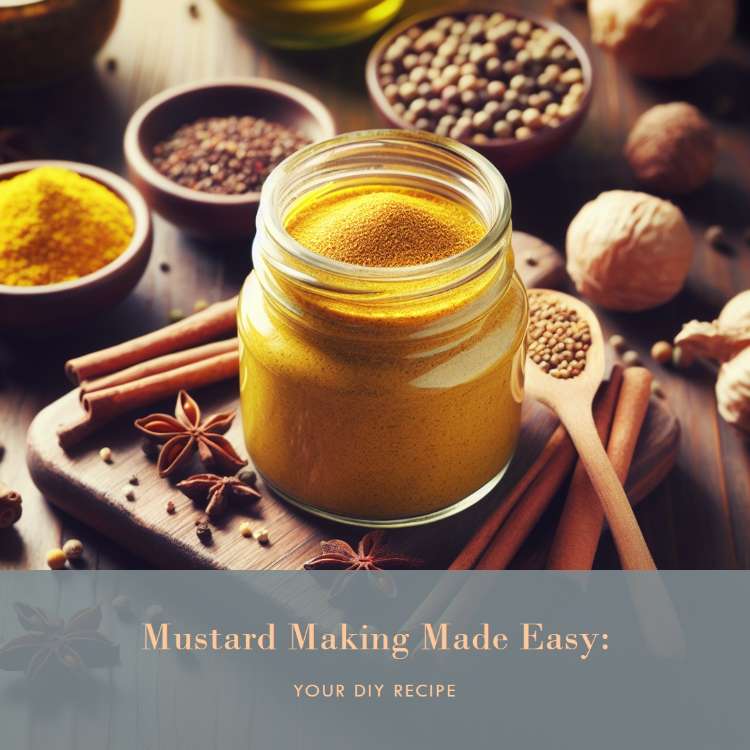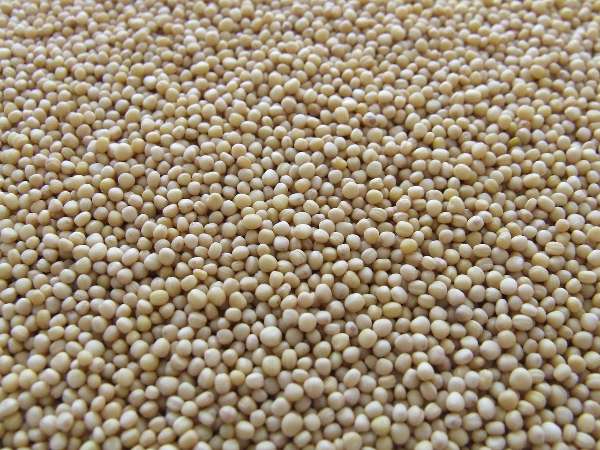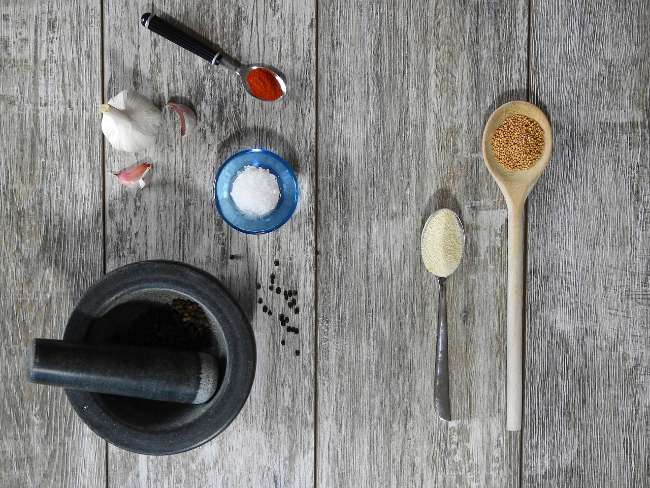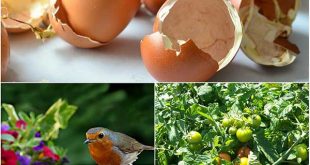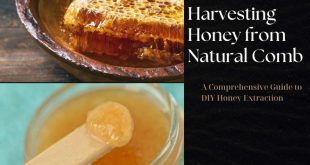Mustard Making Made Easy: Your DIY Recipe
Mustard — the versatile condiment that adds a zing to our meals, is more than just a humble yellow smear on a sandwich. This beloved condiment has a rich history spanning centuries, its origins rooted in ancient civilizations where it was highly regarded for its pungent flavor and medicinal properties. Fast forward to the present day, mustard remains a pantry staple for many, and creating your own homemade version can elevate your culinary adventures to new heights.
Making Mustard: A Simple Craft
Creating your own mustard at home is a delightful and straightforward process. The basic ingredients—mustard seeds, vinegar, and water—are all you need to get started. To begin, gather brown, yellow, or black mustard seeds (or a combination for a unique flavor profile), vinegar (such as white wine vinegar, apple cider vinegar, or malt vinegar), water, and salt. The quantities can vary depending on your preferred taste and the volume of mustard you aim to produce.
- Prepare the Seeds: Grind the mustard seeds to your desired consistency using a mortar and pestle or a spice grinder. For a grainy mustard, keep the seeds slightly coarse. For a smoother texture, grind them finer.
- Combine Ingredients: Mix the ground mustard seeds with vinegar and water in a bowl. The ratio of vinegar to water can be adjusted according to taste—more vinegar for a tangier flavor and more water for a milder taste.
- Add Flavor: Enhance your mustard with additional ingredients like honey, maple syrup, herbs, spices, or even beer for a unique touch. Experimentation with flavors is the key to crafting a mustard that tantalizes your taste buds.
- Let It Rest: Allow the mustard to rest for about 10-15 minutes or longer for the flavors to meld together. Taste and adjust the seasonings as necessary.
Variations on the Recipe: Unleashing Creativity
The beauty of making homemade mustard lies in its versatility. Beyond the basic recipe, you can explore various flavor profiles and create personalized versions to suit different dishes and preferences.
- Spice Infusions: Experiment with different spices like turmeric, garlic, paprika, or horseradish to create bold and aromatic blends.
- Sweet and Savory Twists: Incorporate sweet elements like fruits (apricots, berries) or sweeteners (honey, maple syrup) to balance the mustard’s sharpness, resulting in a delightful contrast of flavors.
- Heat Intensity: Adjust the heat level by altering the type and quantity of mustard seeds used. For a milder taste, opt for yellow mustard seeds, while black seeds provide a more intense heat.
- Herbal Infusions: Infuse your mustard with fresh herbs like thyme, rosemary, or tarragon for a fragrant and herbaceous twist.
Best Way to Store: Keeping It Fresh
To maintain the freshness and flavors of your homemade mustard, proper storage is essential. Store the mustard in a clean, airtight container in the refrigerator. Ensure the container is sealed well to prevent moisture and air from affecting its quality. Homemade mustard can generally last for several months when refrigerated, but always check for any signs of spoilage such as off odors or changes in color.
Tips and Considerations
- Patience is Key: Letting the mustard sit for a day or two after preparation allows the flavors to develop and mellow, resulting in a more harmonious taste.
- Adjust Consistency: If your mustard is too thick, you can thin it out by adding a bit more vinegar or water until you achieve the desired consistency.
- Experiment Fearlessly: Don’t be afraid to experiment with different ingredients and ratios to create your signature mustard blend.
- Label and Date: Always label your homemade mustard jars with the date of preparation for easy tracking of freshness.
Homemade Mustard Recipe
Ingredients:
- 1/4 cup mustard seeds (brown, yellow, or a mix)
- 1/4 cup vinegar (white wine vinegar, apple cider vinegar, or malt vinegar)
- 1/4 cup water
- Pinch of salt
- Optional: Additional flavorings such as honey, maple syrup, herbs, spices
Instructions:
- Prepare the Seeds: Grind the mustard seeds to your desired consistency using a mortar and pestle or a spice grinder.
- Mix Ingredients: In a bowl, combine the ground mustard seeds with vinegar, water, and a pinch of salt. Adjust the ratio of vinegar to water according to taste preference.
- Add Flavor: Incorporate optional flavorings like honey, maple syrup, herbs, or spices to enhance the mustard. Experiment with quantities to achieve your preferred taste.
- Rest and Blend: Let the mustard rest for 10-15 minutes or longer to allow the flavors to meld together. Taste and adjust seasonings as needed.
Notes:
- Texture Preferences: For a grainy mustard, keep the seeds slightly coarse. For a smoother texture, grind them finer.
- Flavor Experimentation: Feel free to experiment with different spices, sweeteners, or herbs to create your unique mustard blend.
- Storage: Store the homemade mustard in a clean, airtight container in the refrigerator to maintain freshness. Check for any signs of spoilage before use.
Final Thoughts
Crafting your own mustard at home is not just a culinary venture; it’s an exploration of flavors and a celebration of creativity. Experiment with ingredients, play with flavors, and savor the joy of creating a condiment that perfectly complements your favorite dishes. So, dive into the world of mustard-making, and unleash your inner flavor enthusiast—one mustard seed at a time!
 Home and Gardening Ideas At home and Gardening ideas we believe inspiring readers about homesteading, self sufficiency
Home and Gardening Ideas At home and Gardening ideas we believe inspiring readers about homesteading, self sufficiency
